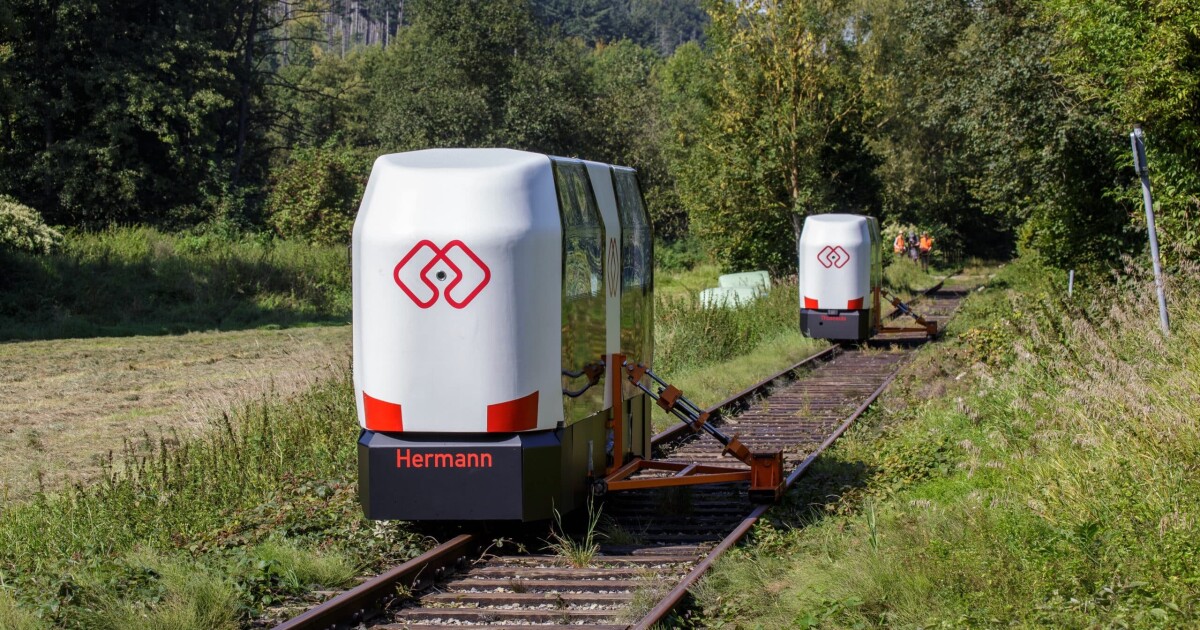Looks like they could totally fit a bike rack on these things too!
It seems more sensible to refurbished the tracks and operate trains there.
Someone is suggesting pods. “Sensible” was never part of the proposal. Every time pods are suggested, modifications that would make them sensible just turn them into trains/trams.
Yes, it’s regrettable to see public money is wasted on this kind of projects instead of being spent to really improve the public transport infrastructure. Although, in Germany, it really isn’t bad. But still.
I’ve always liked the concept of the gyro monorail, as it avoids the requirement to use elevated track that standard monorails have.
That said, I’m skeptical whenever rail is used for really short railcar configurations (ie a single car). Trains are not just wagons on low-friction tracks, but act as a streamlined unit, only incurring the burden of air resistance once.
This pod design is more-or-less just using the tracks as a traction surface and a guideway. But robotics students everywhere will know that we can build land vehicles which follow markers on the ground, avoiding LIDAR, RADAR, or any other such complexities that self-driving automobiles seem to keep butting up against.
They may have a point, if the goal is to reuse abandoned rail lines as-is, but the focus on reuse seems to miss the alternative solution: 4-wheel pods that steer along a rail-to-trail path. Compared to this self-balancing rail pod, I have to imagine developing or adapting an existing, narrow 4 wheel vehicle is going to be easier and cheaper to maintain. Any concerns about the vehicle steering itself off the path would be similar to concerns about a gyro pod failing to negotiate a curve: both scenarios would go off path. But at least 4 wheel pods would remain upright, while a balancing pod would topple or roll-over.
There’s also the whole issue of head-of-line blocking, since without a passing track, every pod behind must wait for passengers to board the pod ahead. Unless they build out the rural “stations” with sidings. But again, at that point, just convert to a trail. No stations or sidings needed.
Two-way pod traffic could still leave enough room for a separated, single-lane of recreational pedestrian or bicycle traffic, which might make sense in rural areas. I’m weary of suggesting that pods and bicycles should share the same lanes though, because then we’re back to whole anti-collision issue vis-a-vis self-driving automobile. Two lanes for pods and one lane for bikes/pedestrians is still an improvement over zero lanes and abandoned trackage.
I like where the conversation is going, reclaiming old rights-of-way to better accommodate public needs. But I have to imagine German rail corridors are sufficiently wide for more than a narrow, self-balancing “pod way” and should incorporate other linear transportation ideas while pursuing novel ideas.



